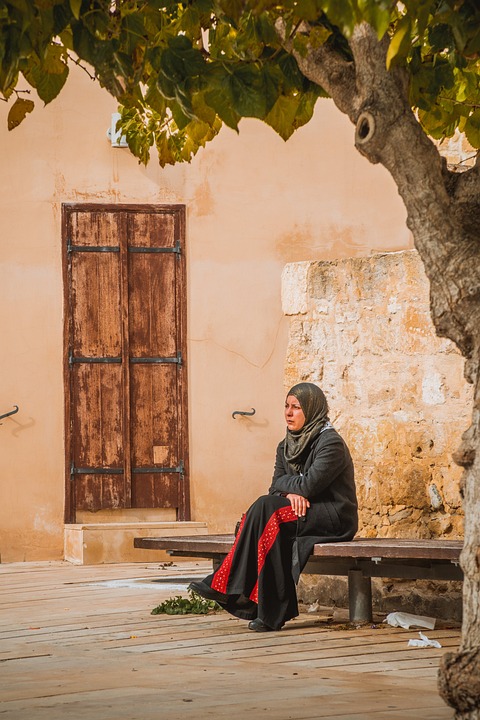Introduction
Tunisia is a country with intricate architecture, ancient ruins, and mouth-watering cuisine. From the bustling streets of Tunis to the sandy beaches of Djerba, Tunisia boasts a rich history and culture. One of the most fascinating aspects of Tunisia’s culture is its traditional cuisine, which features a range of tantalizing tableaus that will take your taste buds on a journey through the country’s diverse regions.
The Origin of Tunisian Cuisine
Tunisian cuisine has been influenced by several civilizations that have passed through the country over time, including Berber, Ottoman, and French. The Berber people, who settled in Tunisia more than two thousand years ago, are credited with introducing the use of spices and herbs to the Tunisian kitchen. The Ottomans, who took control of Tunisia in the sixteenth century, brought with them new cooking techniques and a love for sweet pastries. Finally, the French, who colonized Tunisia in the nineteenth and early twentieth centuries, left their mark on the Tunisian kitchen by introducing new ingredients, such as tomatoes and potatoes, and techniques, like pastry-making.
The Ingredients of Tunisian Cuisine
Tunisian cuisine is known for its bold and flavorful combinations of spices, such as cumin, coriander, harissa, saffron, and mint. Tunisian dishes are also distinguished by their use of olive oil, which is produced locally and is considered one of Tunisia’s most important exports. Bread is a staple in Tunisian cuisine, and every city has its unique recipe. Couscous, a grain-like dish made from semolina, vegetables, and meat or fish, is another iconic Tunisian dish.
Tunisian Tableaus
Every region in Tunisia has its own unique cuisine, and there are countless dishes to sample. Here are a few traditional Tunisian dishes you won’t want to miss:
Brik
Brik is a popular Tunisian street food that consists of a thin, crispy pastry filled with egg, tuna or chicken, and harissa. It is deep-fried until golden brown and served hot with a squeeze of fresh lemon juice. Brik can be found in markets and cafes throughout the country, and each vendor has their unique recipe.
Tagine
Tagine is a slow-cooked stew made with meat, vegetables, and spices, such as cumin, coriander, and saffron. The dish is named after the clay pot in which it is traditionally cooked. Tagine is a flavorful and filling meal that is usually served with bread or couscous.
Couscous
Couscous is the national dish of Tunisia and is often served on special occasions. The dish consists of tiny grains of semolina flavored with a selection of vegetables, chickpeas, and meat, such as chicken, fish or lamb. Couscous is steamed and then served with a spicy tomato sauce.
Lablabi
Lablabi is a hearty soup made with chickpeas and spices, such as harissa and cumin. The soup is typically served with a slice of bread and a drizzle of olive oil. Lablabi is a perfect winter dish that will warm you from the inside out.
Makroudh
Makroudh is a sweet pastry made with semolina dough, dates, and spices, such as cinnamon and nutmeg. The pastry is deep-fried until golden brown and then drizzled with honey or syrup. Makroudh is a popular dessert in Tunisia and is often served with tea or coffee.
Conclusion
Tunisia’s cuisine is a reflection of its rich history and diverse culture. Tunisian dishes are flavorful and aromatic, and each meal is a tantalizing tableau of textures, colors, and tastes. Whether you’re a food enthusiast or someone looking to explore a new culture, Tunisia’s cuisine is something you won’t want to miss. So be sure to sample some of the country’s traditional dishes, and tantalize your taste buds with a journey through Tunisia’s diverse regions.
For a comprehensive understanding of the topics discussed in this article and to explore further resources, we encourage you to visit the following link: https://aflamaljins.com/سكس-نيك-مصري/